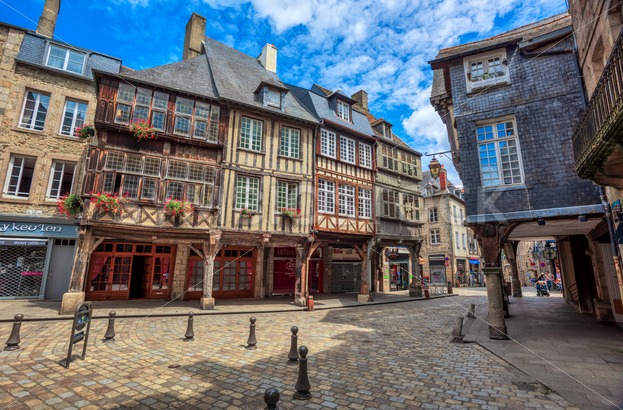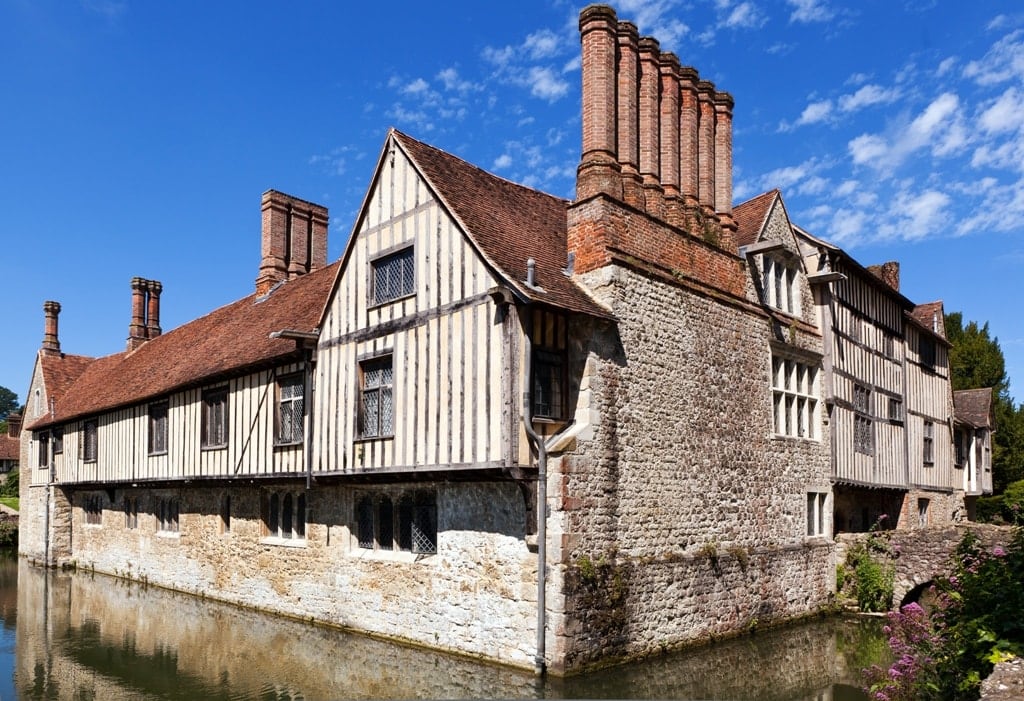

In the early Middle Ages the lords temporal consisted of only a small number of earls and a much larger number of barons, of whom only about a third were summoned to any individual Parliament. But the two archbishops and 19 bishops, later increased to 24 bishops, were all summoned to every Parliament from 1305 until they were excluded from Parliament in 1642, only to be restored there in 1661. After Henry VIII abolished all the monasteries between 15 these posts no longer even existed.

Not many abbots, the heads of religious houses, were ever summoned to Parliament and most who were never attended. The current owners have dealt sympathetically with the history of the building and have allowed ODAS access to excavate, for which we extend our thanks.The lords spiritual were the bishops and abbots. In the 1990s it fell into disrepair and was purchased for re-development into houses. Toward the end of the century, the house was used as offices by a firm of Architects, hence Survey House – the name is modern. In the 1930s there was a dining-room (cafe or restaurant) and a greengrocer’s. There was shop frontage in Victorian times, and the use of the building as shops survived into the 20th Century. At this time the house seems to have had a lower status than before. We can tell from census records who was living there and what occupations they had. It seems the house came to be used by a greater number of people – perhaps as lodgings for local workers. There is an elegant shell cupboard in the rear wall of the panelled room. Panelling was put in one of the rooms – the workmanship and materials were of some quality, so whoever owned the house then had money to spend. It was located at the rear of the central bay, which formed the main living room of the house.Įxtensions were built to the side and rear of the older house. A brick chimney with ovens for baking was either built with the house or added soon after.

It had diamond mullion windows, traces of which remain. The exact layout of the house at this time is not known. The construction of the house may have been a low-cost undertaking – perhaps Elm was used as it was cheaper than Oak.Įlm cannot be be dated by dendrochronology, so we don’t have an exact date for the timber, but we think this structure was built between 15. Soon after it was constructed, some of the roof beams warped, requiring repairs. The wood used to build the house was Elm. It had three bays (shown in red) and a jetty that projected over the front of the house. 1510Īround 1510, in Henry VIII’s reign, a two-storied timber framed house was built. The structure above ground that remains today is not medieval – these parts of the older house came to light as we excavated. The layout of the dwelling then was different, certainly narrower, and possibly extending further back. We have found part of a wall, floor and hearth that date from 1130 – 1250. The green areas in the middle section indicate medieval dates, belonging to an earlier house.


 0 kommentar(er)
0 kommentar(er)
